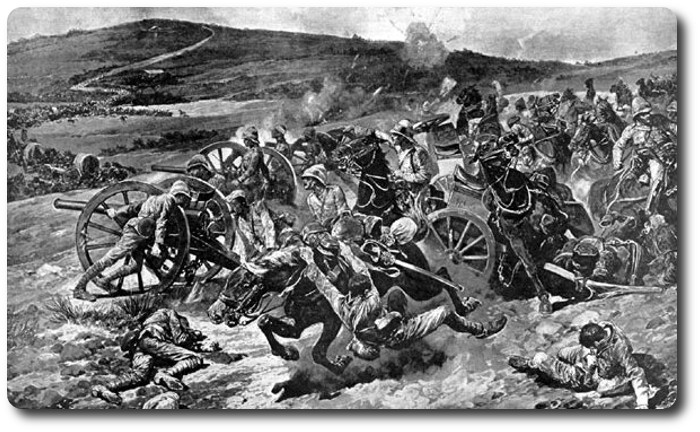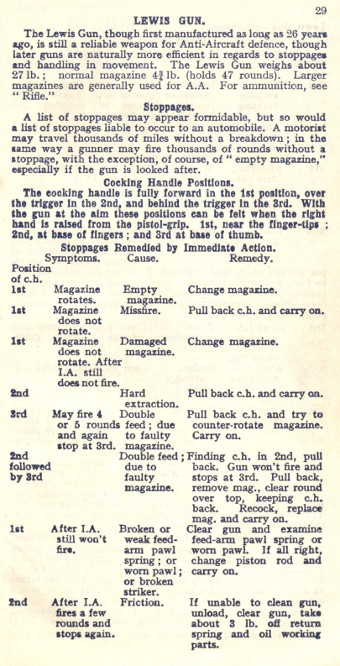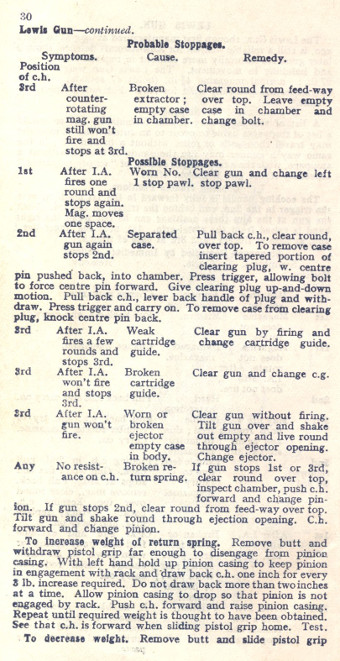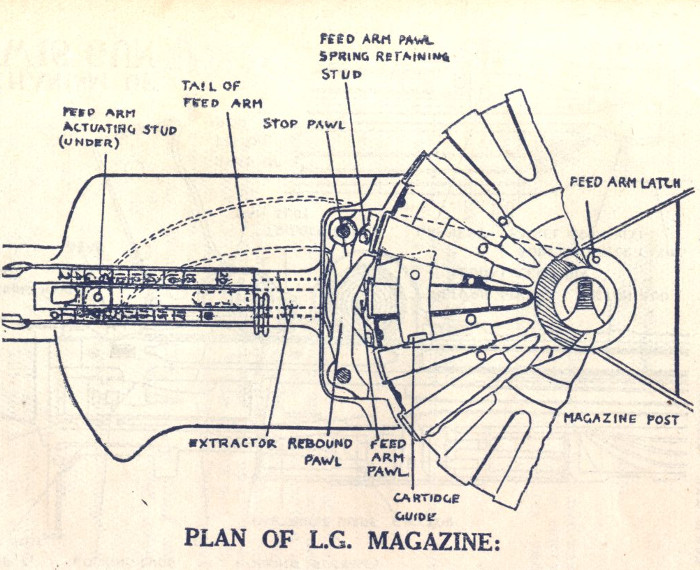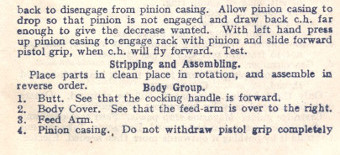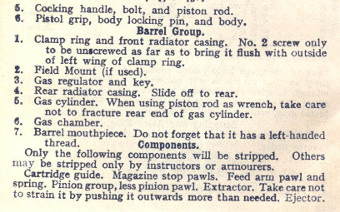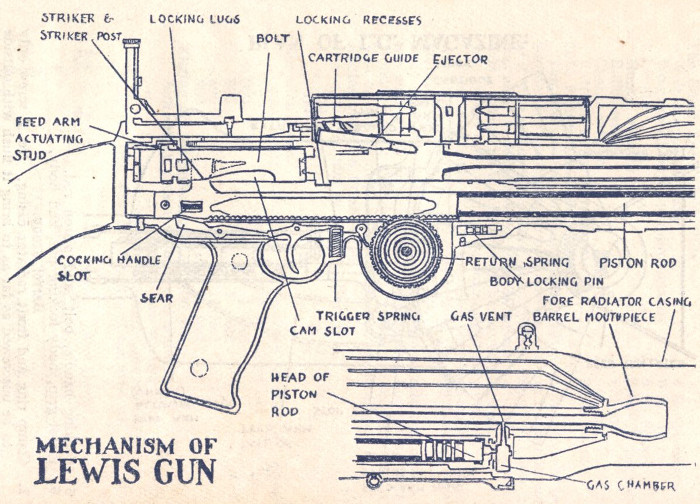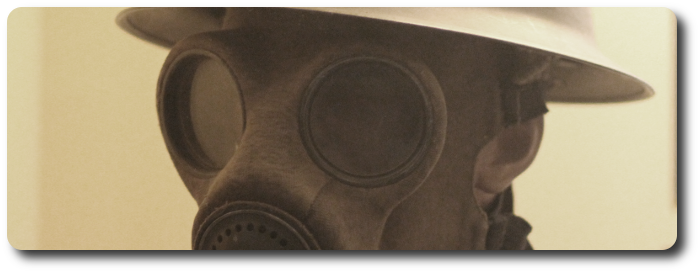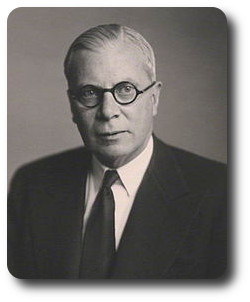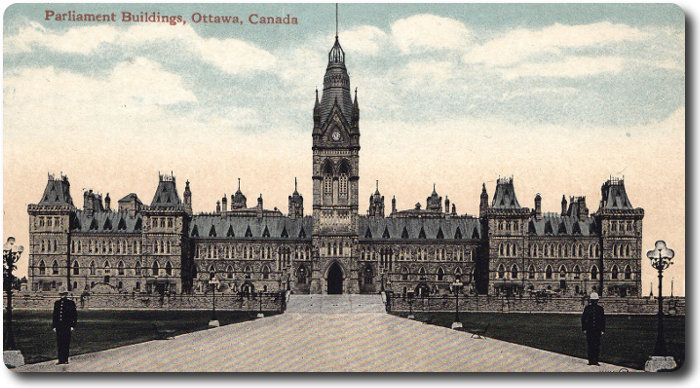Topic: Drill and Training
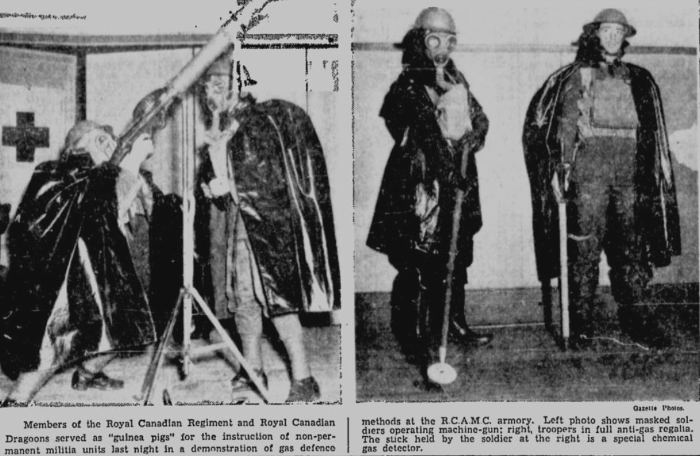
Gas War Enacted for Local Militia
Regular Army Men Demonstrate Methods and Equipment Used for protection
Masks made in Canada
Four Types of gases to Be Combated—Senior Military Officers Attend Demonstration
Montreal Gazette, 15 February, 1938

One of the figures from: Unidentified soldiers modelling various Canadian Army uniforms, Ottawa, Ontario, Canada, June 1942. [gas uniform, with coat, helmet and respirator]
Photographer: Unknown. MIKAN Number: 3589879
Veterans of the regular army shows beardless members of the non-permanent militia forces last night how a soldier of modern times saves himself from death or serious injury in a gas attack by the enemy. The demonstrations were the inauguration of a course the militia of the district will take in anti-gas methods, and were the first given in the Montreal area.
A senior staff officer revealed to the Gazette last night, in connection with the demonstrations, that gas masks are being manufactured on a large scale in Canada. The officer said he did not know of any civilian anti-gas training course similar to Great Britain's. It is hoped, he said however, that enough masks will be available to provide the militia with enough for training purposes.
The main demonstration was given in the armory of the combined Royal Canadian Army Medical Corps units, and a brief show was put on at the Armory of the 4th Divisional Signals, R.C.C.S. The "guinea pigs" were member of The Royal Canadian Regiment and of the Royal Canadian Dragoons, stationed at St. Jean's Que., under the company of Company Sergeant Major A.C. McKenzie, of the R.C.R.
Four Types of Gases
C.S.M. McKenzie, in a lecture prior to the actual demonstration, pointed out that the four serious types of gases generally used in modern warfare were: chlorine and phosgene, which he identified as choking gases; mustard and lewisite, or blister gases; D.M., a toxic smoke gas; and K.C.C. and C.A.P., or tear gases. The modern soldier, he pointed out, must be prepared to meet any or each of these types of gases.
During the Great War gas was far from being developed to the deadly state it is in today, and protection was much easier. Further, today those in the line of a gas attack must protect their whole bodies, as against only their lungs during the earlier part of the war.
A feature of interest to Canada was pointed out by the instructor when he said that mustard gas freezes at 57 degrees Fahrenheit. It would thus be useless during much of the year in Canada.
The early part of the demonstration showed an anti-aircraft patrol hit by a gas attack. The men, upon receiving the warning from a scout, quickly put on their grotesque masks and covered their necks, hands and other exposed parts of their bodies with a grease which is supposed to keep out the gas.
A squad fully protected against gas, and men charged with "cleaning up" after a gas attack, probed the most effective charade for the non-permanent soldiers present.
Appearance Ghoul-Like
Garbed almost completely in black oilskins and high rubber boots, the demonstrators presented a ghoul-like appearance. Their gas masks, of the most modern type available in this country, and far superior to those used in the Great War, made each man look like a large-scale Mickey Mouse.
The speed with which the machine gun crew, this time expecting a gas attack, slipped themselves into their "gas proof" clothing, amazed the onlookers, few of whom had ever taken part in actual warfare. Completely garbed in steel-gray "tin hats", black rubber rain-cape-appearing cloaks and high rubber boots, the demonstrators offered a gruesome picture.
The "clean-up" men, who in actual warfare scout about the gas area finding out if it is safe for troops to occupy the ground, had spiked sticks much like those used by litter-collectors in parks. On the end of each stick, however, was but one piece of paper, impregnated with a chemical which would tell by turning color, if gas were still present. The clean-up men, heavily burdened with protective clothing, are not expected to fight, the instructor claimed.
Demonstrations will be carried out before other units of the non-permanent active militia later in the season.
Brigadier R.O. Alexander, D.S.O., district officer commanding, headed a large group of headquarters and other officers who attended the demonstrations, illustrating the importance which they are given in local military training.
Among the other officers present were: Lt.-Col. A.E. Lundon, D.D., M.D., Lt.-Col. A.E. Thompson, Lt.-Col. St. John Macdonald, Lt.-Col. A.P. Plante, 20th Field Ambulance; Lt.-Col. Gorssline, D.S.O., District Medical Officer; and Major C. Sanford.



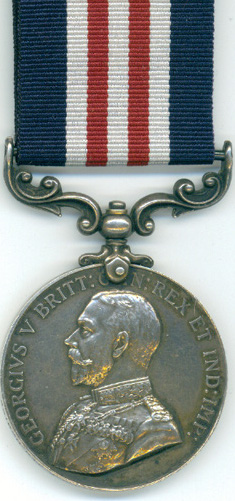 And it came to pass that upon a much later date this same General Officer Commanding a Division said unto his A.A., and Q.M.G.: "Oh, A.A. and Q.M.G. render unto me by the first day of next month a Return showing the names of the number of men of this Division who have done deeds such as are worthy of reward in the form of the Medal Military, in order that I may send forward this return unto Corps., in accordance with C.R.O. 869."
And it came to pass that upon a much later date this same General Officer Commanding a Division said unto his A.A., and Q.M.G.: "Oh, A.A. and Q.M.G. render unto me by the first day of next month a Return showing the names of the number of men of this Division who have done deeds such as are worthy of reward in the form of the Medal Military, in order that I may send forward this return unto Corps., in accordance with C.R.O. 869."
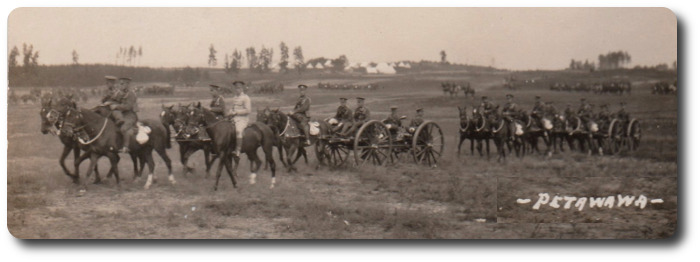
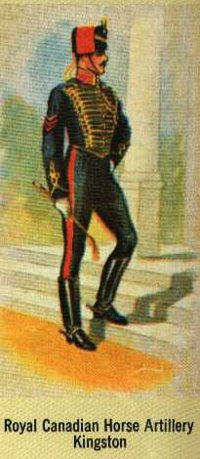 The following are the impressions of a Canadian artillery officer with respect to the new camp grounds at
The following are the impressions of a Canadian artillery officer with respect to the new camp grounds at 
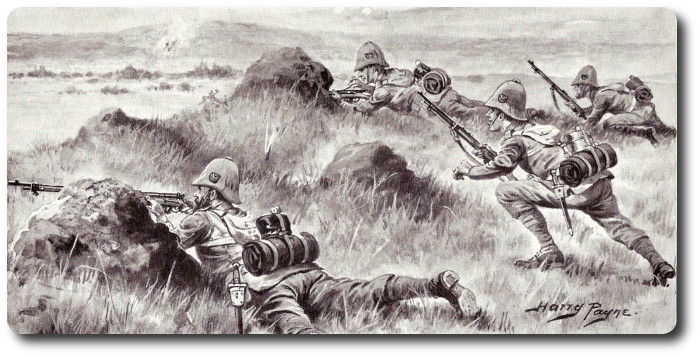
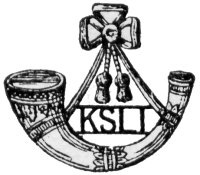 Out into the dark night the Shropshires sent a heavy picket with instructions to the men to be very careful to challenge every person who might come in or out of camp. At the foot of a kopje one of the men of the Shropshires stood on sentry, another private of the same regiment was returning to camp. The sentry promptly challenged, "Halt! who comes there?" and failing to call "Friend," the returning soldier said, "Oh, to you know me." These were fatal words, for no sooner had they been spoken when three ringing shots sounded through the Orange River garrison, three steady shots from the sentry's rifle, and his companion-in-arms fell, never to rise to life again. It was an unfortunate occurrence which cast gloom over the whole camp, but it shows that the rigidity of military discipline should not be trifled with.
Out into the dark night the Shropshires sent a heavy picket with instructions to the men to be very careful to challenge every person who might come in or out of camp. At the foot of a kopje one of the men of the Shropshires stood on sentry, another private of the same regiment was returning to camp. The sentry promptly challenged, "Halt! who comes there?" and failing to call "Friend," the returning soldier said, "Oh, to you know me." These were fatal words, for no sooner had they been spoken when three ringing shots sounded through the Orange River garrison, three steady shots from the sentry's rifle, and his companion-in-arms fell, never to rise to life again. It was an unfortunate occurrence which cast gloom over the whole camp, but it shows that the rigidity of military discipline should not be trifled with.
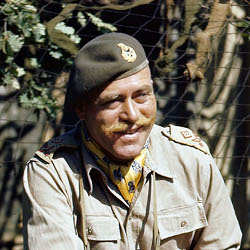 1. In a "message from the G.O.C." in the army newspaper Red Patch, Major-Gen. Christopher Vokes of Ottawa told the men of his Canadian division that "to command-incomparable fighting men such as yourselves is an honour which does not sit lightly on my shoulders."
1. In a "message from the G.O.C." in the army newspaper Red Patch, Major-Gen. Christopher Vokes of Ottawa told the men of his Canadian division that "to command-incomparable fighting men such as yourselves is an honour which does not sit lightly on my shoulders."

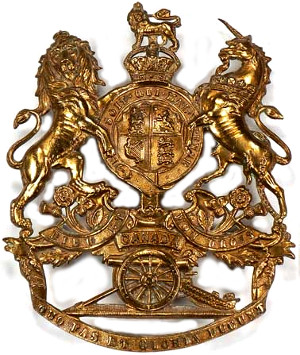 Sir.—I read with much interest a letter signed "Ex-Cadet" in The Mail a couple of weeks since. The writer complained of the high-handed way in which military matters had been conducted at the
Sir.—I read with much interest a letter signed "Ex-Cadet" in The Mail a couple of weeks since. The writer complained of the high-handed way in which military matters had been conducted at the 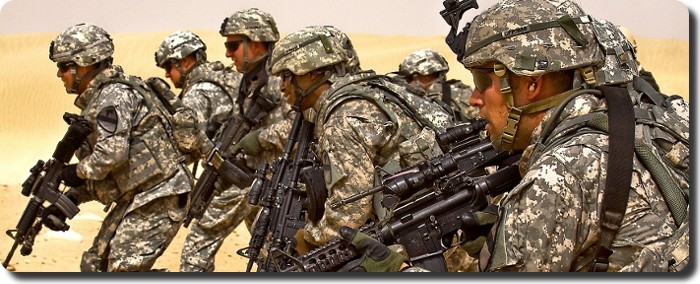
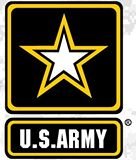 Reference Officer Retention. Instead of looking for outside influences, the Army needs to look inward. Good units with good leaders retain more soldiers. The same is true for the officer corps. When junior officers have strong, positive leadership, they are more inclined to stay in the Army. When presented with bad leadership, they want out. Talking with peers, most notably in the past 6 months, there seems to be an alarming number of bad leaders out there. Leaders who sugar coat things to higher; leaders who lie; leaders who are immoral; leaders who won't think twice about killing a career over an honest mistake or a difference of opinion; leaders who lead by fear and intimidation; leaders who care more about themselves than their soldiers/officers; leaders who look away at transgressions of others "for the good of the Army". Who wants to work under conditions where they are exposed to bad leadership? Who wants to be in an Army where the people who succeed do not fit the mold of the person you want to be? Who wants to be in a unit where the leadership would not think twice about overworking you or exposing you to unnecessary hardship and/or risk? Who wants to serve in an organization where they are disgraced by the acts of a few? While I can't voice the percentage of bad leaders, what number of examples would indicate that there are too many? I would argue that in the profession of arms, one would be too many. If in an officer's first couple of years in the Army he exposed to bad leaders without any examples/exposure to good leaders, you can bet he will leave. If exposed to an even mix of good and bad, the severity of each and/or the sequence relative to the time of the decision to stay in the army is made, will effect the decision. If exposed to only good leaders, there will still be some who elect to leave the service but at a much lower rate.
Reference Officer Retention. Instead of looking for outside influences, the Army needs to look inward. Good units with good leaders retain more soldiers. The same is true for the officer corps. When junior officers have strong, positive leadership, they are more inclined to stay in the Army. When presented with bad leadership, they want out. Talking with peers, most notably in the past 6 months, there seems to be an alarming number of bad leaders out there. Leaders who sugar coat things to higher; leaders who lie; leaders who are immoral; leaders who won't think twice about killing a career over an honest mistake or a difference of opinion; leaders who lead by fear and intimidation; leaders who care more about themselves than their soldiers/officers; leaders who look away at transgressions of others "for the good of the Army". Who wants to work under conditions where they are exposed to bad leadership? Who wants to be in an Army where the people who succeed do not fit the mold of the person you want to be? Who wants to be in a unit where the leadership would not think twice about overworking you or exposing you to unnecessary hardship and/or risk? Who wants to serve in an organization where they are disgraced by the acts of a few? While I can't voice the percentage of bad leaders, what number of examples would indicate that there are too many? I would argue that in the profession of arms, one would be too many. If in an officer's first couple of years in the Army he exposed to bad leaders without any examples/exposure to good leaders, you can bet he will leave. If exposed to an even mix of good and bad, the severity of each and/or the sequence relative to the time of the decision to stay in the army is made, will effect the decision. If exposed to only good leaders, there will still be some who elect to leave the service but at a much lower rate.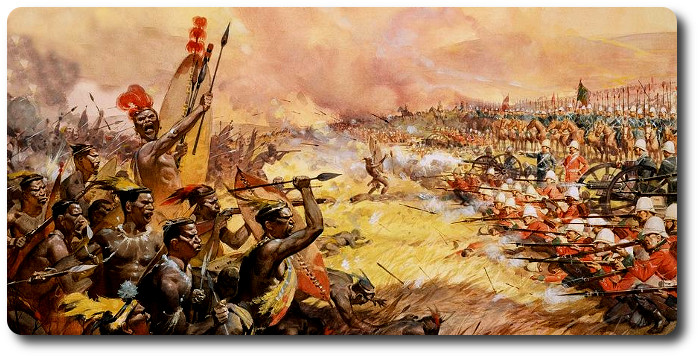
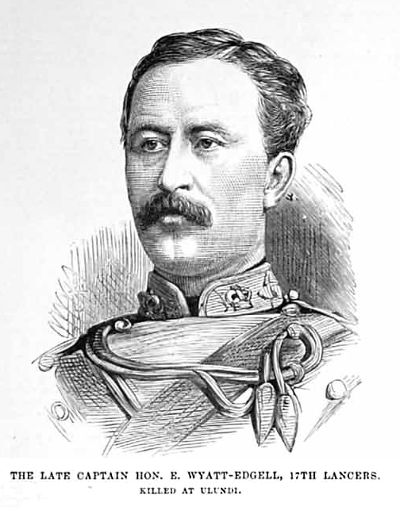
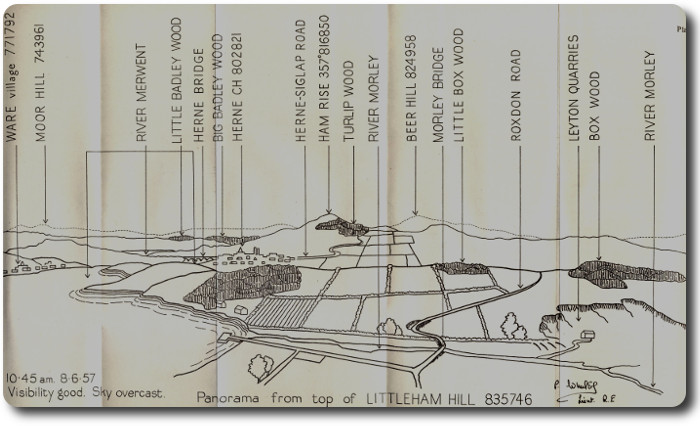
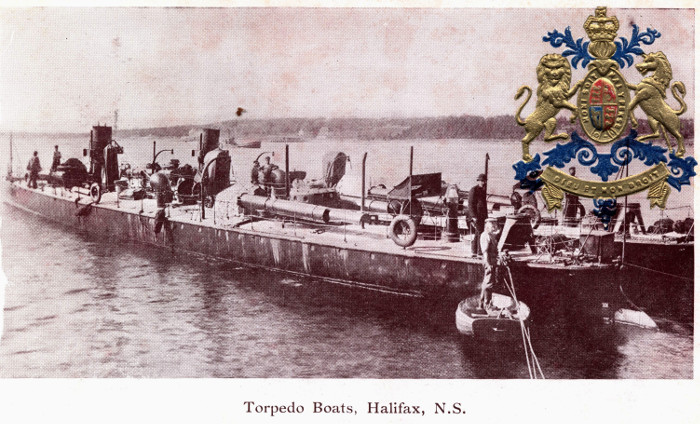
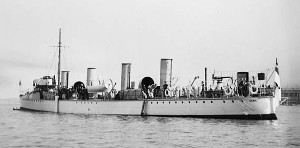
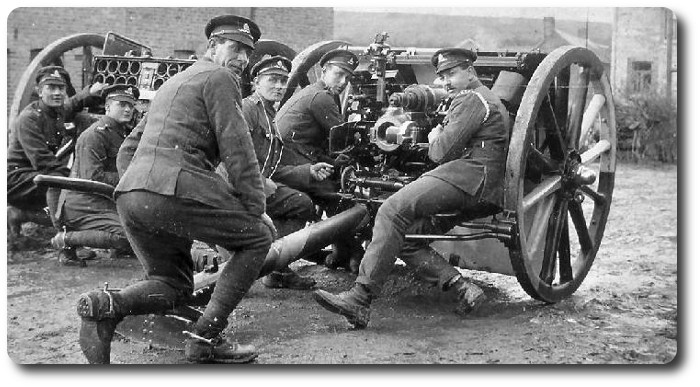
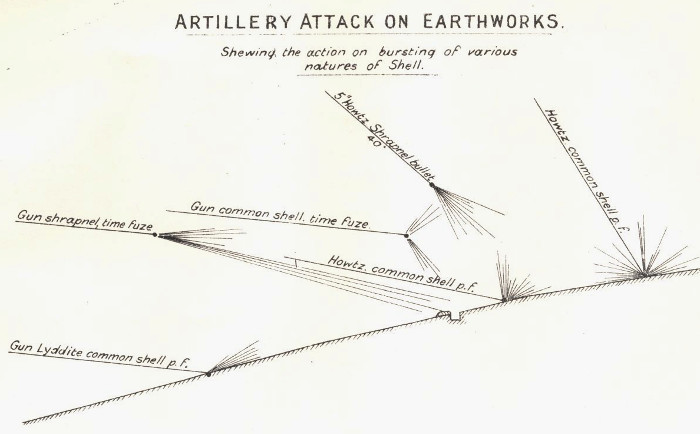
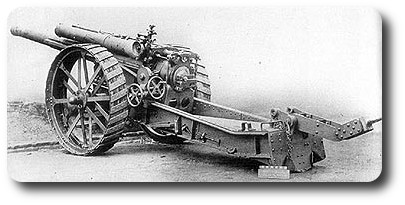 The 60-pr. B.L. and 4.7-in. Q.F. are examples of heavy artillery guns. Their range is longer than that of field artillery, and their shrapnel bullets are heavier; their searching power is, however, little greater, and their shells are equally liable to be deflected by a very slight bank of earth,
The 60-pr. B.L. and 4.7-in. Q.F. are examples of heavy artillery guns. Their range is longer than that of field artillery, and their shrapnel bullets are heavier; their searching power is, however, little greater, and their shells are equally liable to be deflected by a very slight bank of earth,

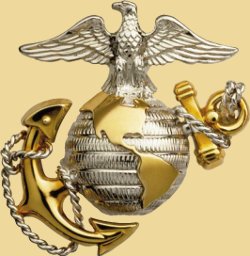 Basic School was a school in fact as well as in name, a halfway house between the campus and the real
Basic School was a school in fact as well as in name, a halfway house between the campus and the real 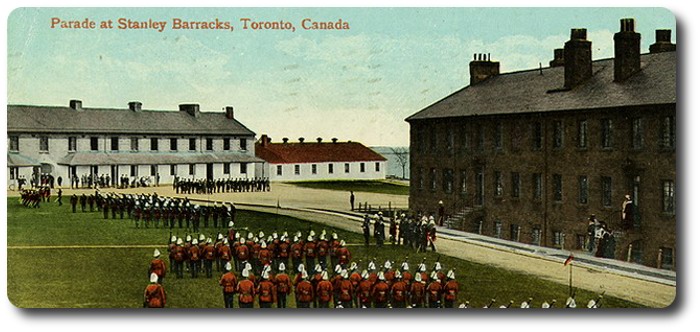
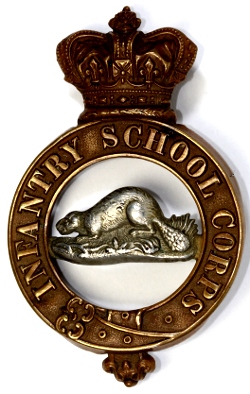 This well-known company was raised at the same time as "A" and "B" companies, under the following officers:
This well-known company was raised at the same time as "A" and "B" companies, under the following officers: 
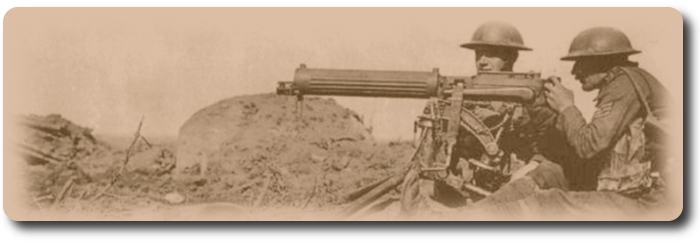
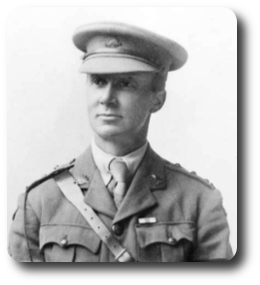 On March 13, 1918,
On March 13, 1918, 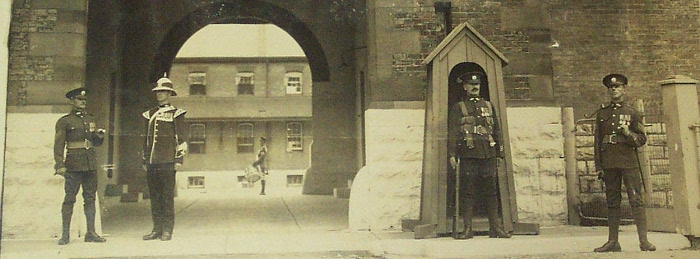

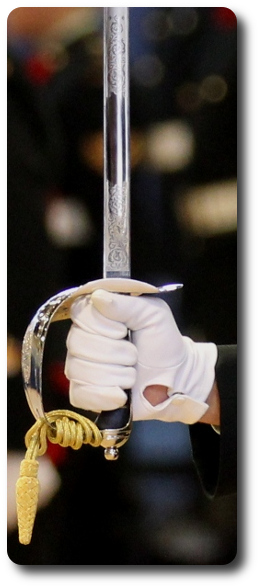 2. The Profession of Arms is an ancient and honorable one. The Homeric Warriors, the Knights of the Round Table, Jeanne d'Arc are part of our heritage.
2. The Profession of Arms is an ancient and honorable one. The Homeric Warriors, the Knights of the Round Table, Jeanne d'Arc are part of our heritage.